
Nutrition Tips for Climbing McKinley Successfully
Fuel your McKinley climb with nutrition strategies that support endurance, recovery, and high-altitude performance. Build your foundation now.

21 posts — Everything you need to know about the worlds most significant mountaineering peaks. From Denali to Rainier to Aconcagua, we've got you covered.

Fuel your McKinley climb with nutrition strategies that support endurance, recovery, and high-altitude performance. Build your foundation now.

The summit of McKinley stands at 20,310 feet, and the effects of altitude can pose significant challenges to climbers. Proper acclimatization and altitude training are crucial for a successful and safe climb.

Prepare your body and mind for McKinley with RMI’s expert training recommendations and mindset-building strategies. Start improving now.

Find out what expedition experience is required to safely and successfully attempt a climb of McKinley with RMI. Prepare for your summit success.

Understand the permit requirements and climbing regulations for McKinley to plan your expedition smoothly and legally. Start planning your adventure.
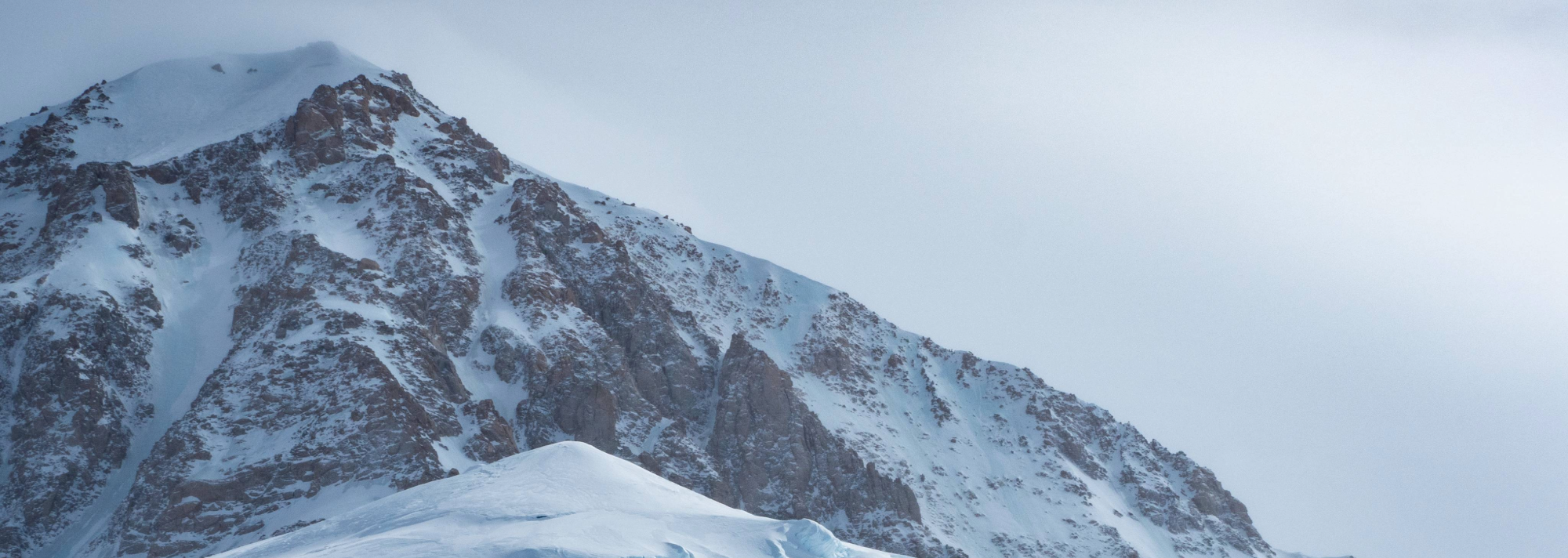
Learn when to climb McKinley based on seasonal weather trends, avalanche risk, daylight hours, and climbing conditions. Gear up with expert advice.

Explore the key dangers and technical challenges you’ll face on McKinley and how to mitigate risk while climbing. Start your climb with confidence.

Discover the day-to-day experience of climbing McKinley — from tents to team dynamics to weather challenges. Find out what to expect.
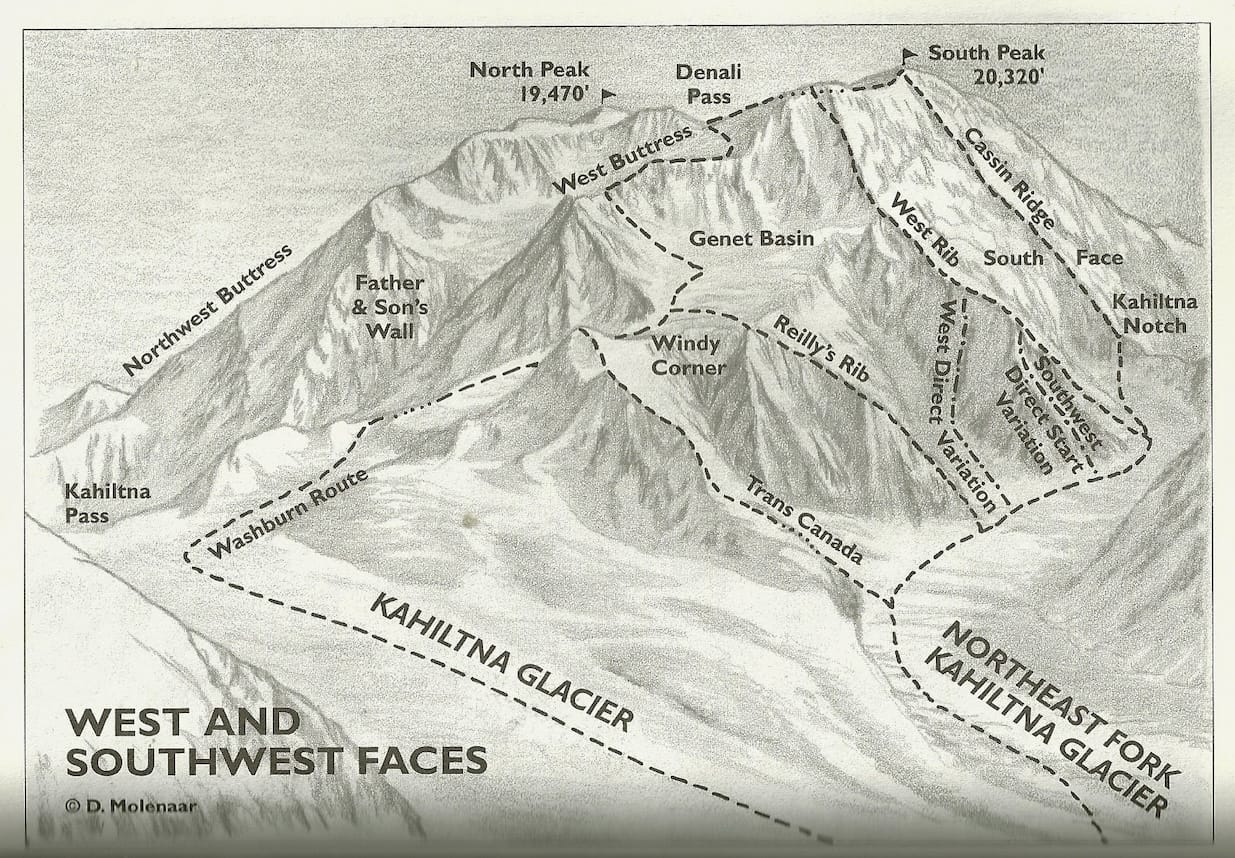
Compare the main climbing routes on McKinley, including the West Buttress and more, to plan your expedition path. Adventure awaits, learn more.

Plan your food for Mount Rainier with this expert guide to calories, snacks, and hydration for summit success. Start planning your adventure.
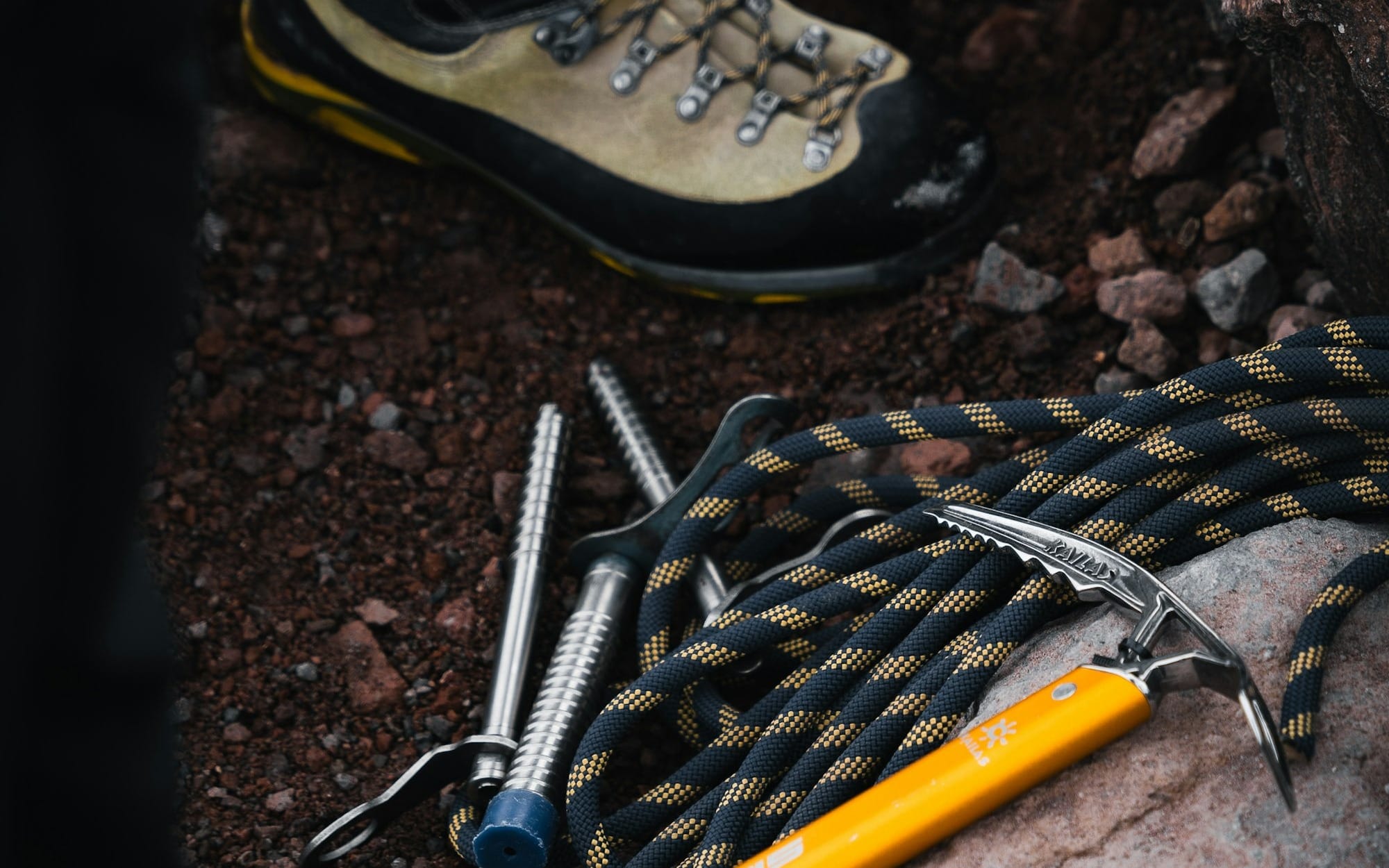
Get expert gear advice for climbing Mount Rainier—from layers to crampons to stoves. Learn what to bring, how to test it, and what to rent.
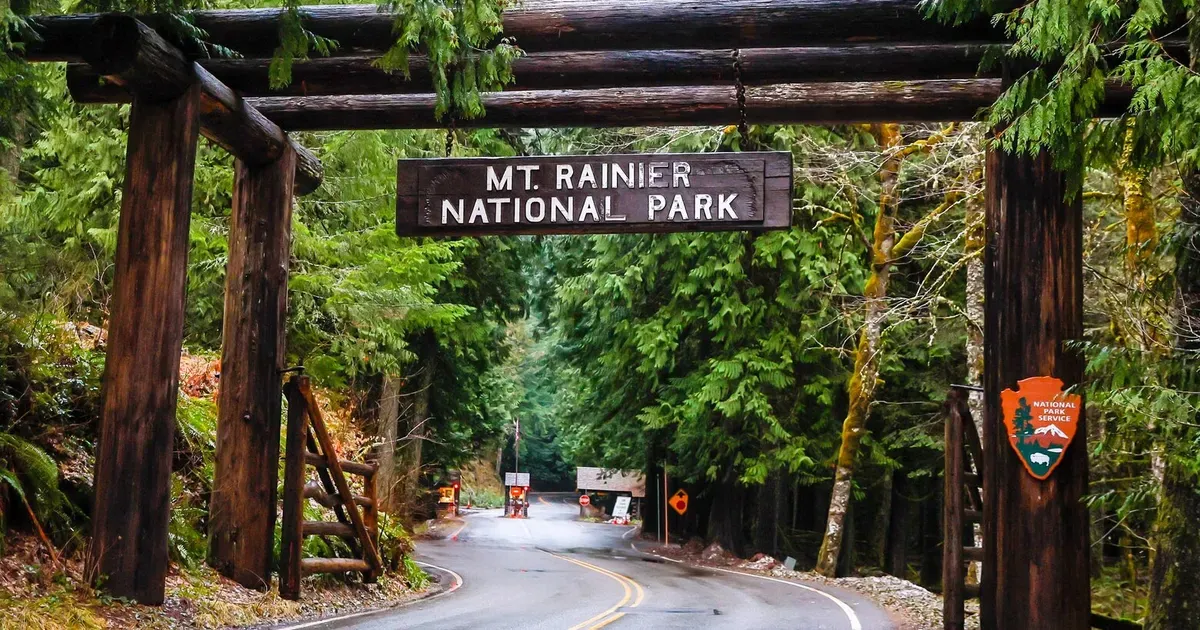
Learn the permits and rules required for climbing Mt. Rainier to ensure a safe and compliant adventure. Explore the full guide.

Get to know the key safety concerns of Mt. Rainier climbs and how to prepare for them effectively. Learn more today.
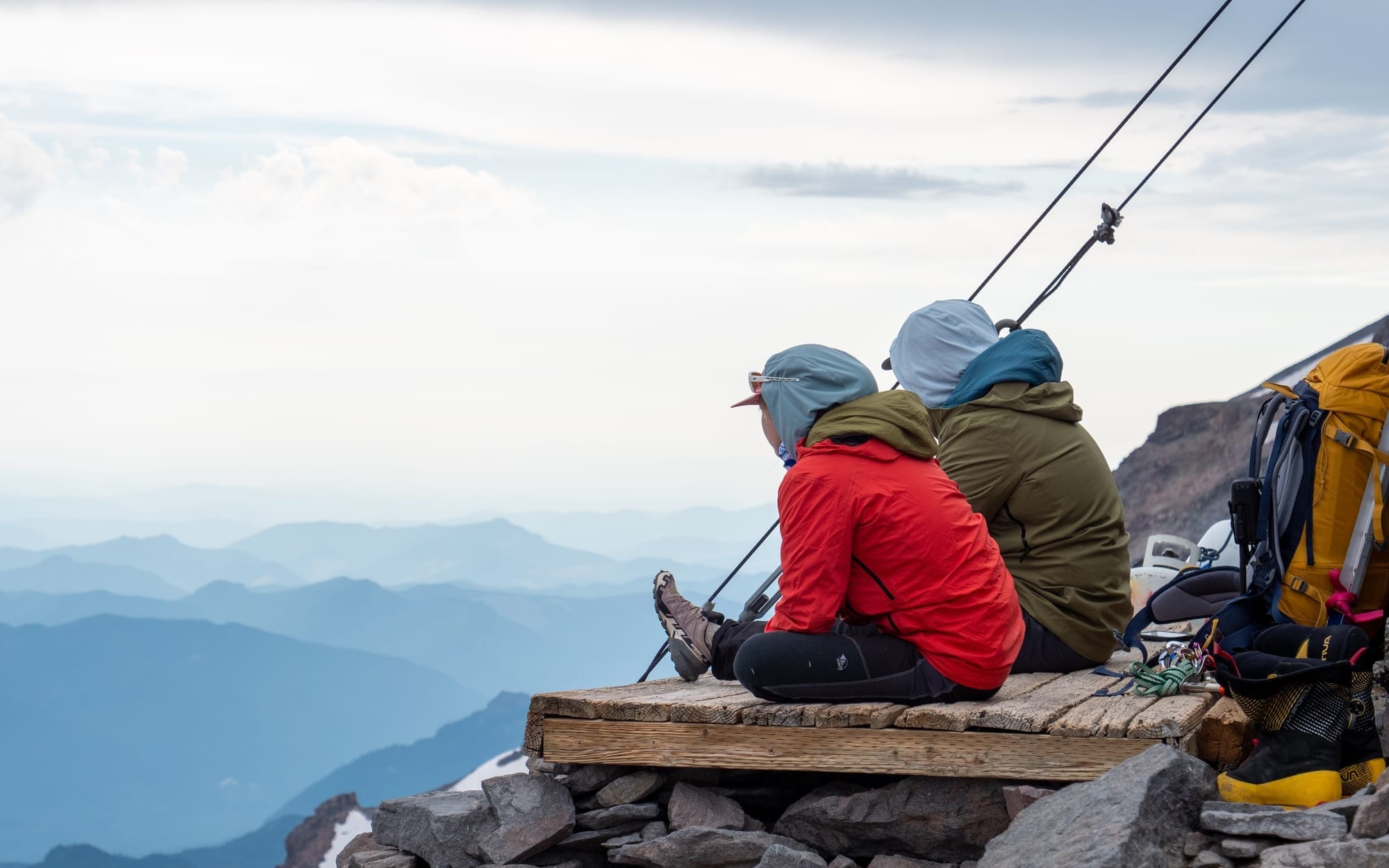
Get an inside look at daily life on Rainier—from Camp Muir’s comforts to wilderness solitude and alpine starts. Learn what to expect on your climb.
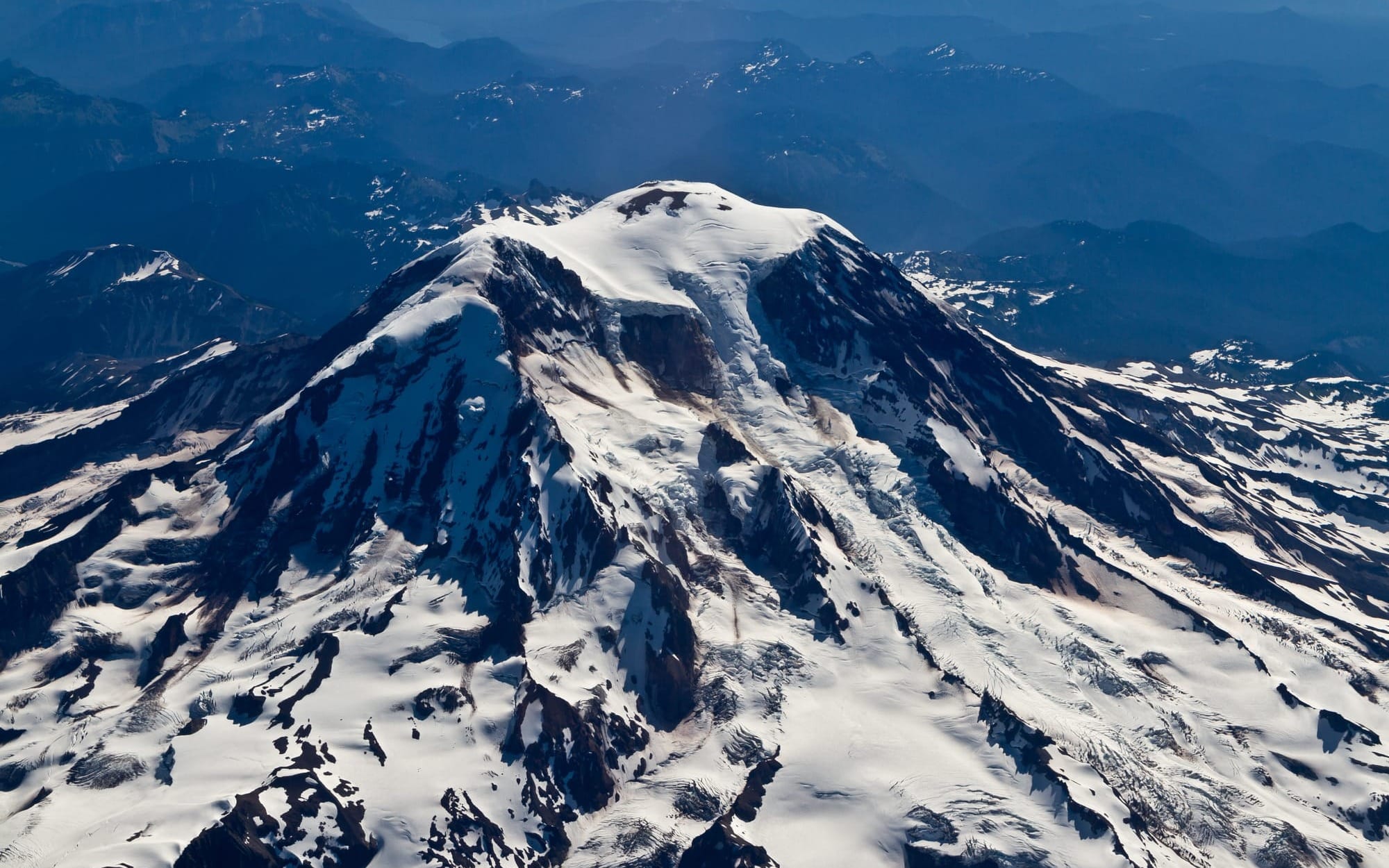
Mount Rainier’s diverse routes vary significantly in technical difficulty, exposure, and popularity. Choosing the right route depends on experience level, climbing goals, and seasonal conditions.
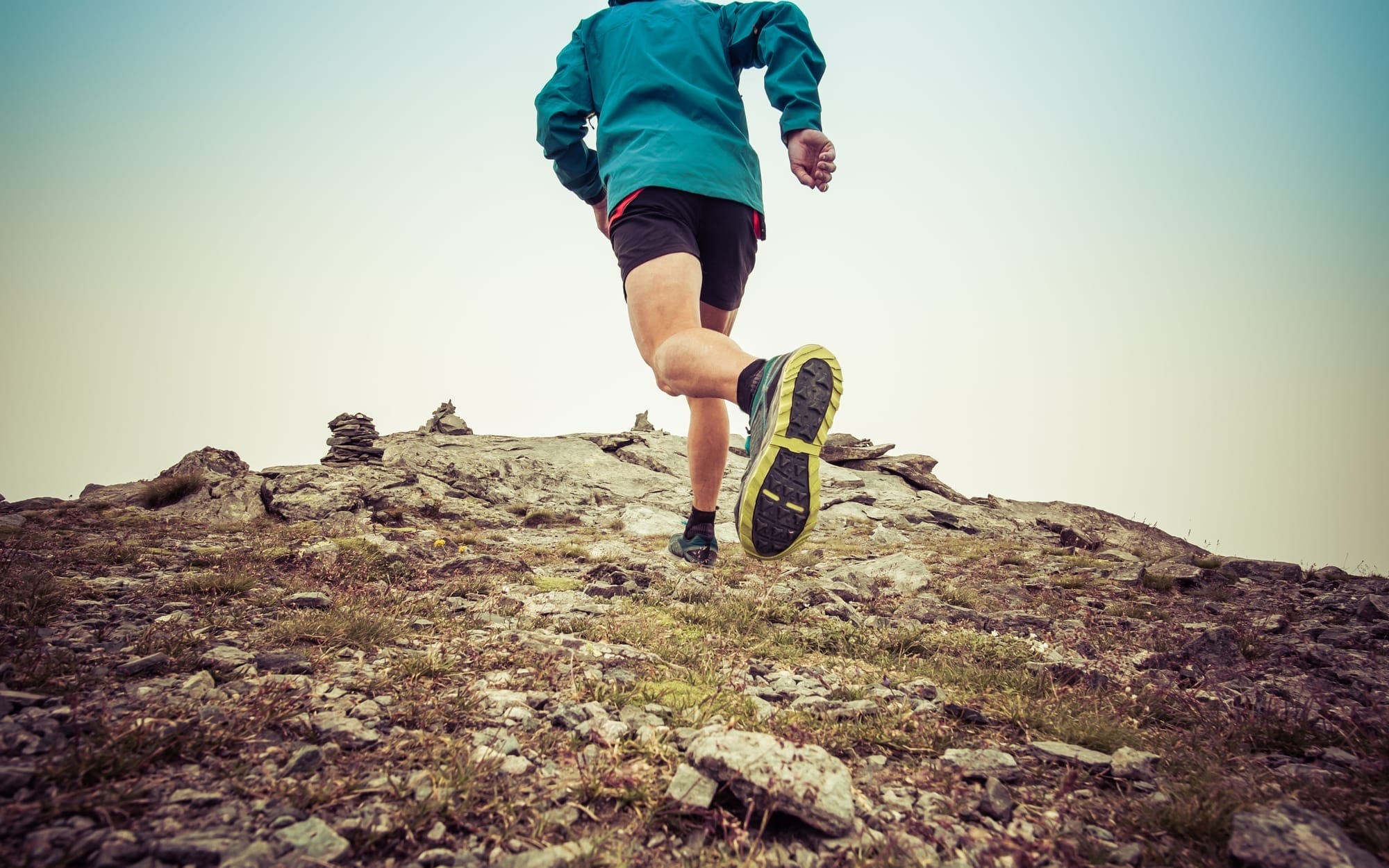
Climbing Rainier takes more than fitness—build the mindset, skills, and altitude strategy you need for success on and off the mountain.
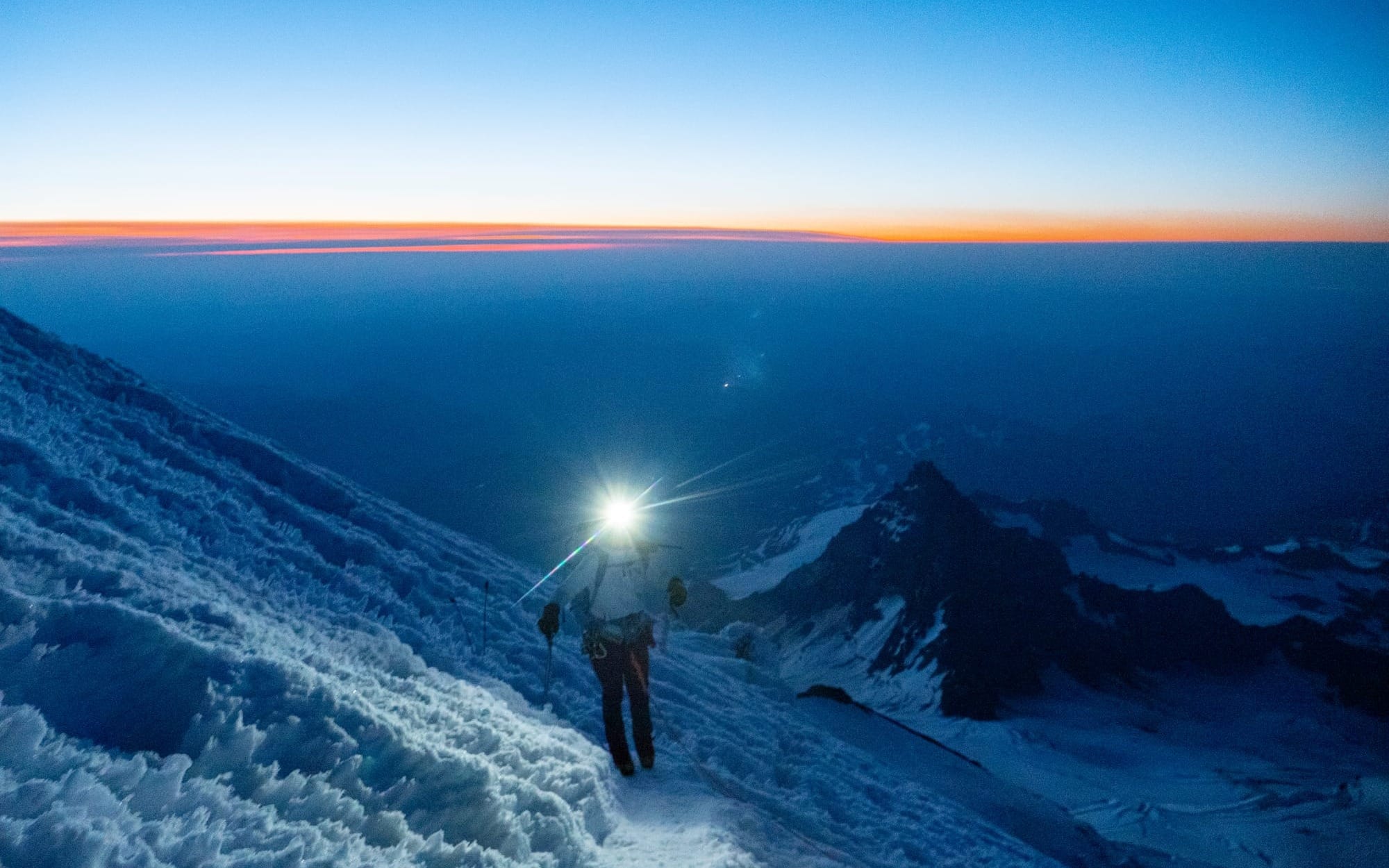
Learn what it takes to climb Mount Rainier, from crampon skills to glacier travel. Explore route options, training tips, and expert advice.
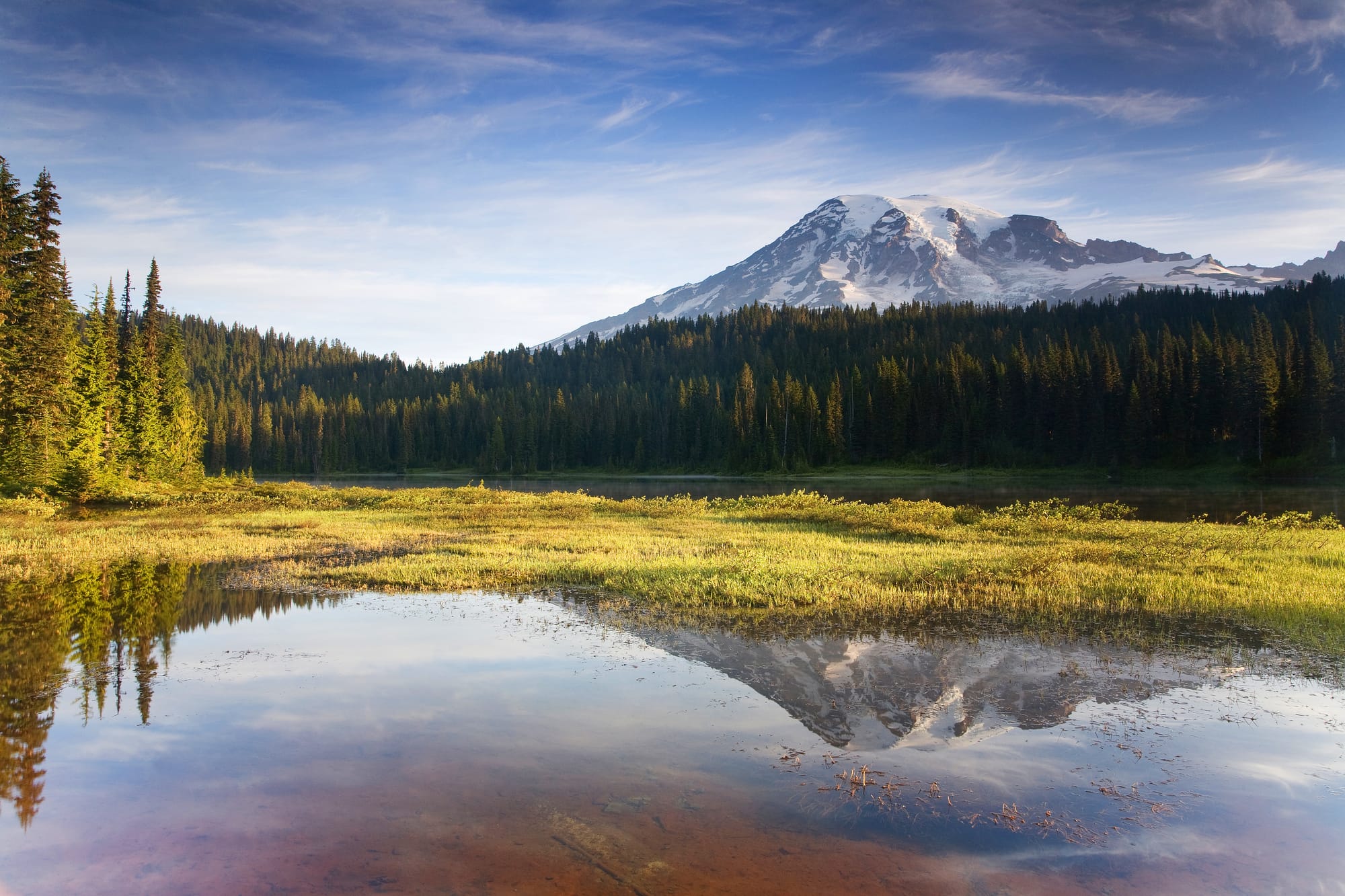
Early, peak, or late season—learn what to expect when climbing Mount Rainier at different times of year and how to prepare for changing conditions.
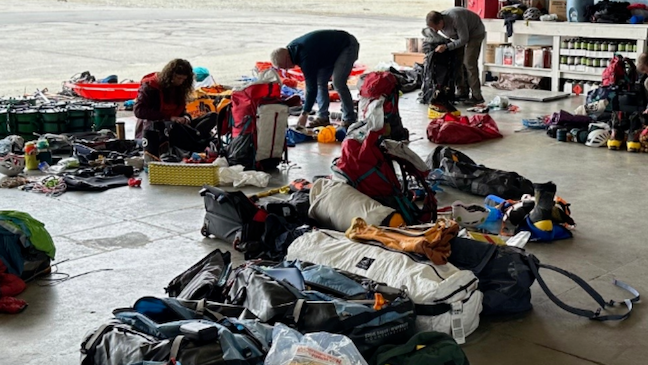
Get expedition-ready with this expert gear guide for climbing McKinley via the West Buttress. From layering systems to sled setups, here’s how to pack smart for North America’s tallest peak.
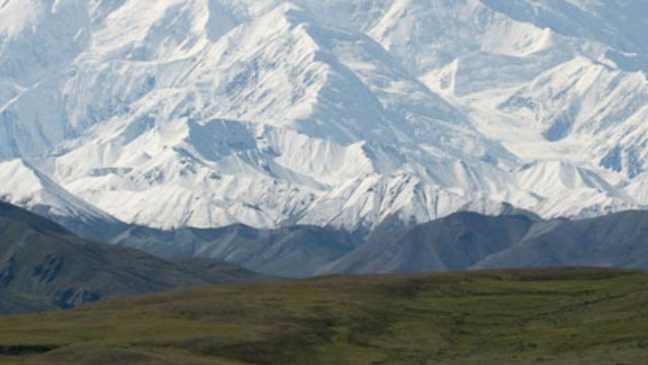
Discover the history, environment, and culture of the land within Denali National Park.
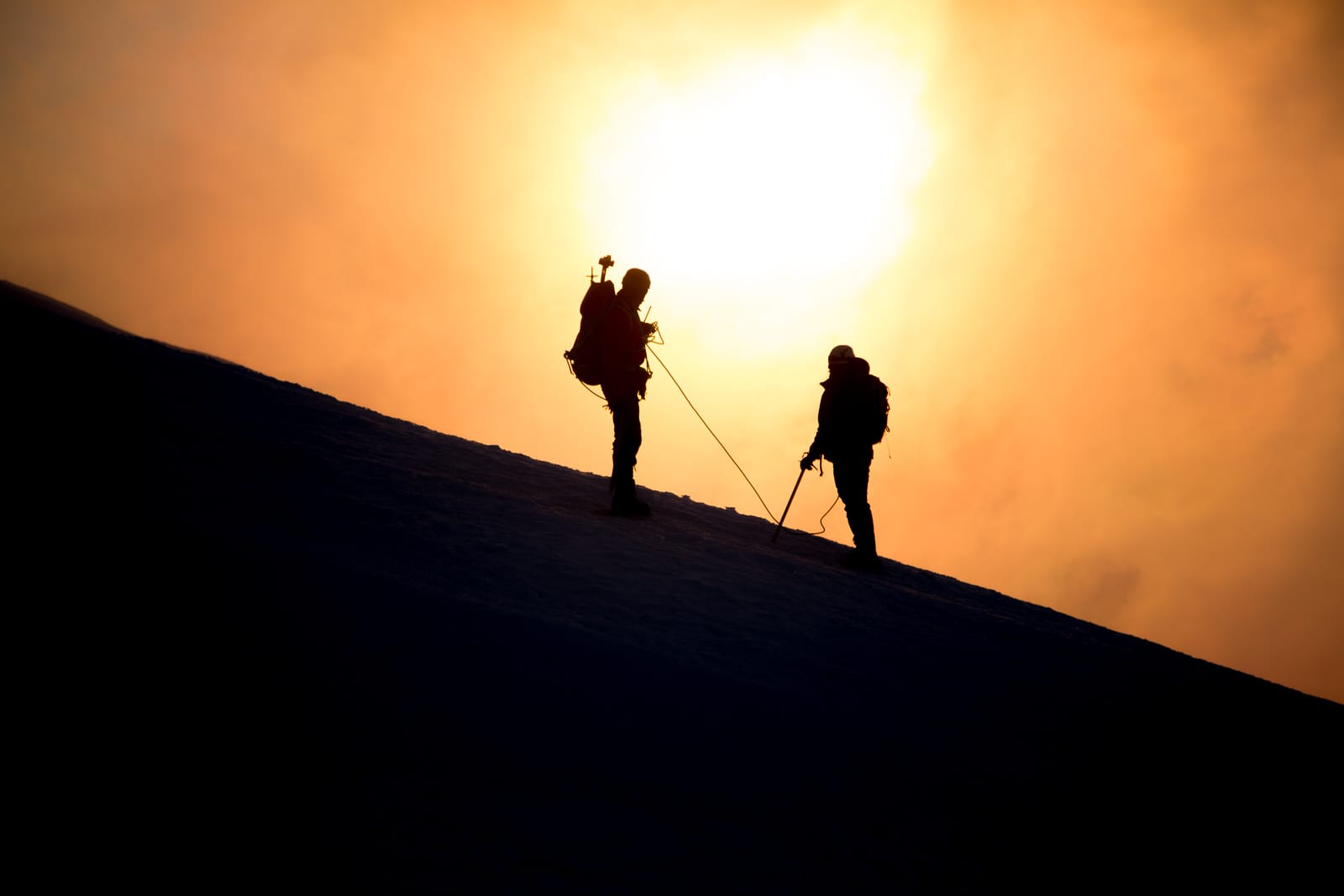
Not sure which RMI program is right for you? Learn the key differences between Summit Climbs, Courses, Seminars, and Expeditions—so you can train smart, climb strong, and reach your goals.